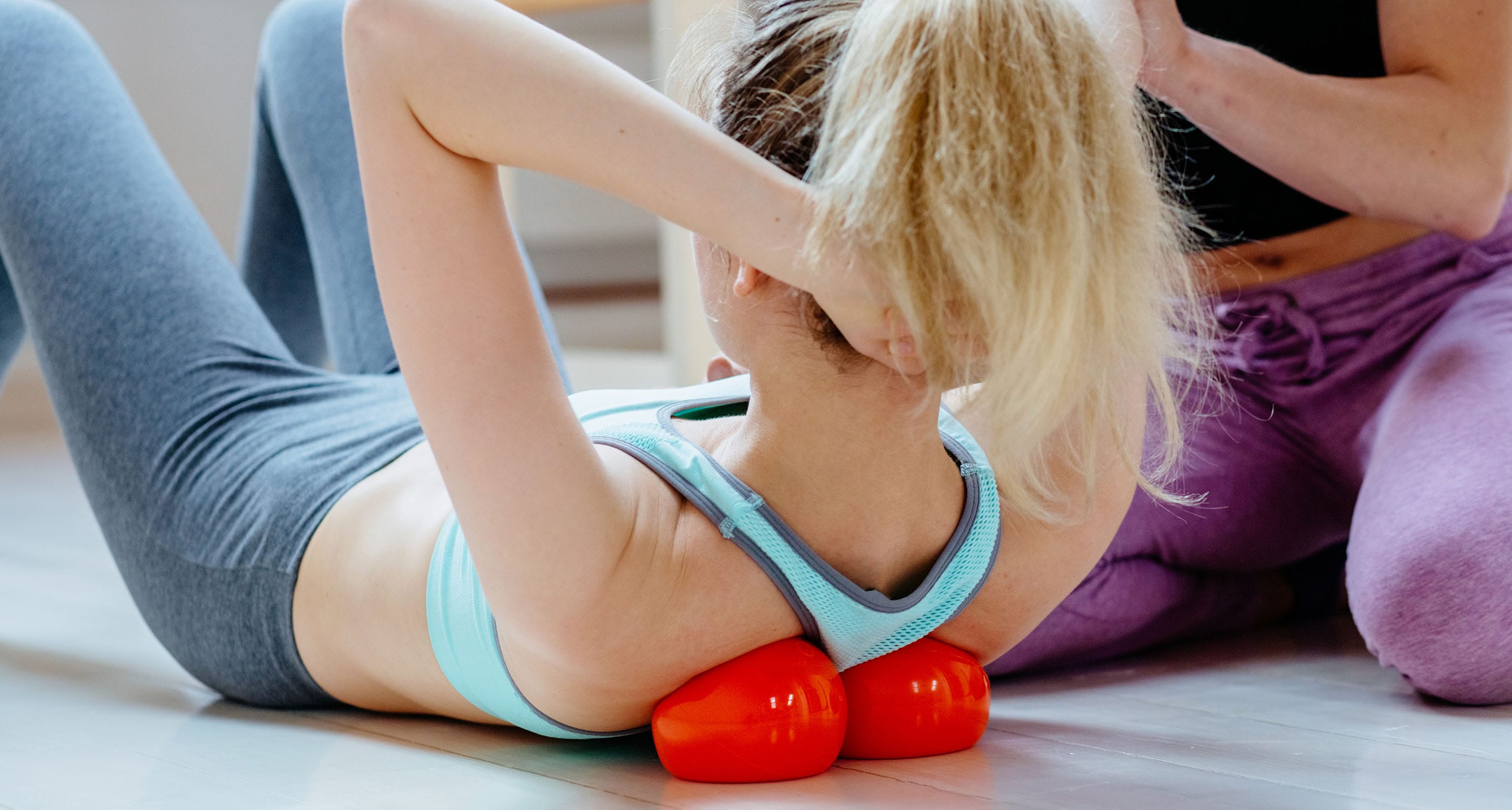‘Myo’ refers to muscle, but what on earth is fascia?
Fascia is connective tissue that runs in and around your muscles as well as organs, bone and nerves. It’s connective in the sense that it connects to structures and connects structures to each other. It’s both flexible and watery (like mucous) and sturdy and less watery (providing more structure) depending on where in the body it is.
Healthy fascia slides over different structures within the body smoothly and with ease, but when fascia becomes dysfunctional it can become thickened or inflamed and no longer slides and glides freely. This affects the structures in that area but can also affect other structures up or down the chain. Fascia can become dysfunctional from injury, repetitive movements or even not enough movement.
The good news is there are plenty of ways that we can release tight/dysfunctional fascia:
- You can come in for a physiotherapy session and we can use manual techniques and tools to start to get the fascia moving and working better.
- You can come in for a pilates session and do stretches and exercises focused on releasing the fascia.
You can also use some of your own tools at home such your foam roller, spikey ball, massage roller or gua sha tool to self-release the myofascial tightness.
Check out the videos for some ideas on how to do this yourself or ask one of our receptionists if you’d like some more information on the tools we have available for you to purchase or if you’d like to book in.


